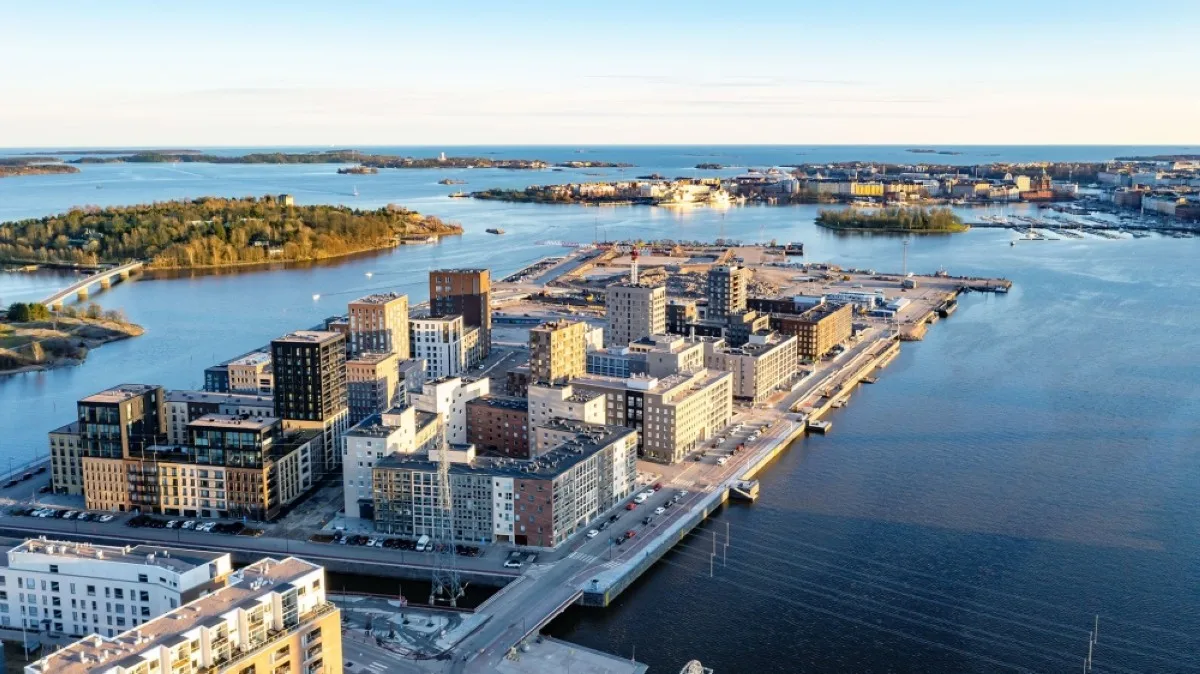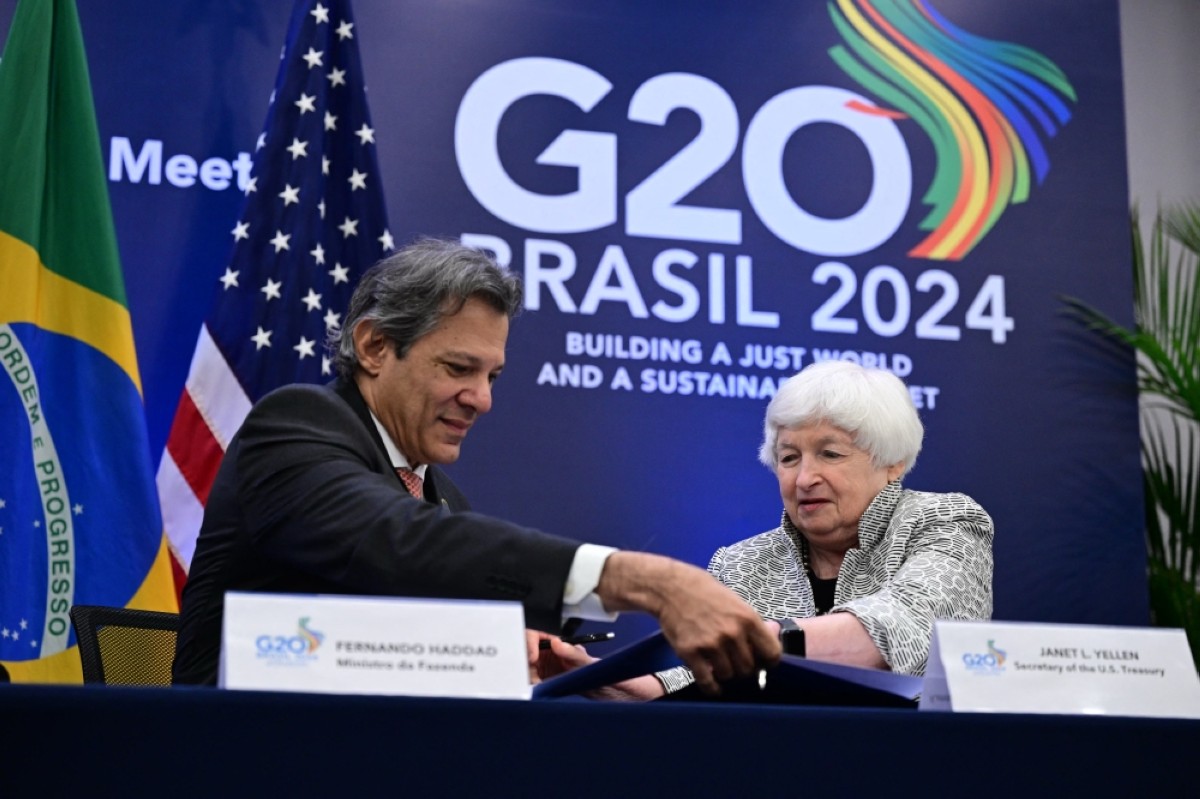Finland’s growth slowed due to war on Ukraine: IMF
WASHINGTON, DC: Finland’s economy recovered swiftly from the pandemic, but growth slowed after Russia’s war in Ukraine.

Russia’s war in Ukraine is weakening the outlook for the Finnish economy and pushing up inflation.
Weak household income growth, falling house prices, higher interest rates, and low growth in Europe has caused activity to stall in Finland, with a contraction of 0.5 percent estimated in 2023, the IMF said in a report.
However, inflation has fallen to more normal levels and financial conditions appear to be easing. Structurally, adverse demographics and weak productivity, have resulted in low trend growth, weighing on public finances. A shallow recovery in economic activity is expected in 2024, as inflation pressure continues to ease and a modest recovery in real earnings support consumption.
Growth is projected to improve to around 1½ percent in the medium term, partly due to an expected increase in investment and employment from the authorities’ recent reforms. A combination of negative base effects and a growing output gap will keep average inflation below 2 percent in 2024. But uncertainty remains high. Downside risks to the outlook include: a resurgence of the energy crisis; an escalation of the war in Ukraine; further tightening of global financial conditions; or possibility of a deeper “balance sheet recession.”
The executive board of the International Monetary Fund (IMF) concluded the Article IV consultation with Finland and endorsed the staff appraisal without a meeting.
“Finland’s growth has stalled, with a modest recovery expected this year. Elevated interest rates, sluggish trading partner growth, and a declining housing market are all weighing on activity. And despite a broadly resilient labor market, unemployment is expected to increase slightly, particularly as the construction industry cuts back on employment,” it said. However, inflationary pressures are diminishing and an improvement in household purchasing power and loosening financial conditions will contribute to a modest recovery in the second half of the year. Economic growth is expected to be around ½ percent in 2024 and rebound to around 1½ percent in the medium term, driven by increase in investment and employment resulting from the labor market reforms. The external position in 2023 is assessed to be moderately weaker than implied by fundamentals and desirable policy settings.
The fiscal outlook has worsened due to higher discretionary spending and weaker growth. Increased expenditure in energy-related compensation, defense, high index-linked increases in social benefits, and support for Wellbeing Service Counties is expected to have increased the deficit to 2.5 percent of GDP in 2023. Meanwhile, debt ratio has climbed to 76 percent surpassing those of other Nordic countries.
The worsened fiscal outlook is expected to persist which puts public debt on a risky path over the medium term. Existing measures fall short of achieving the ambitious fiscal deficit target. The new government plans to adjust medium-term fiscal deficit by 2 percent of GDP through spending cuts and employment-driven fiscal gains, targeting overall fiscal deficit of 1 percent of GDP by 2027. However, consolidation will likely be diluted by new spending pressures and expected revenue shortfalls. Further measures are necessary to close the gap, as current policies would fail to curb the deficit and bring down the debt ratio.
Through a gradual but sustained adjustment, fiscal policy should be calibrated to reverse the public debt. A structural adjustment of around ¼ percent of GDP should begin in 2024, growing to ½ percent per year over the medium term, with the aim of balancing the budget by 2028. This would help place public financing on a more sustainable footing and make room for the expected increase in age-related spending. In addition to the recent reforms to social benefits, further spending cuts are required, including through efficiency gains from the Wellbeing Service Counties. These efforts should be supplemented with revenues measures such as excise tax indexation, expansion of carbon taxation, VAT rate standardization, and revising dividend taxation for non-listed companies.
Enhancing employment and productivity are essential for economic growth. The mission supports the government’s efforts to boost employment through social benefit reforms, greater flexibility in the labor market, and lowering the labor tax wedge. The government should establish robust systems to closely monitor the impact of these reforms on employment. Additionally, policy should aim to improve higher education, lower skill mismatches, and more effectively attract and integrate international talent. While the government’s commitment to invest in research and development is commendable, the plan should focus on catalyzing private sector funding.
Further measures are needed to achieve Finland’s ambitious and commendable climate goals. Good progress is being made on expanding the production of low-emission energy, but more is needed to achieve the 2035 carbon neutral target. Policy should consider strengthening carbon pricing and increasing the role of carbon-sinks in the land use sector, the report added.











